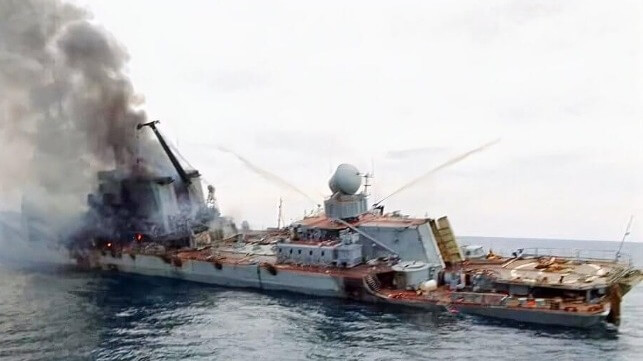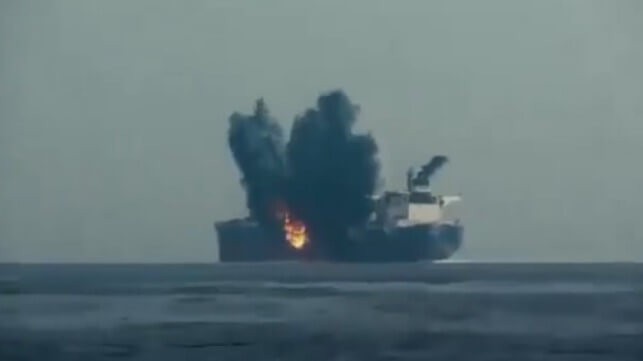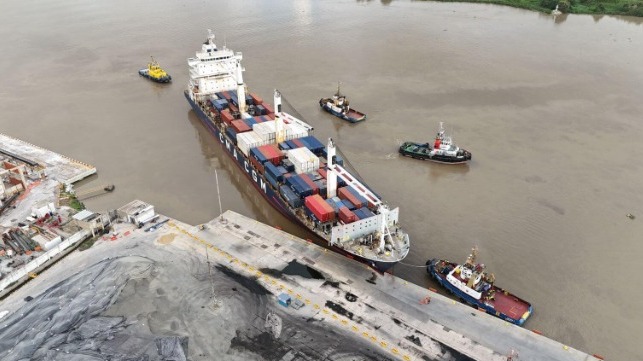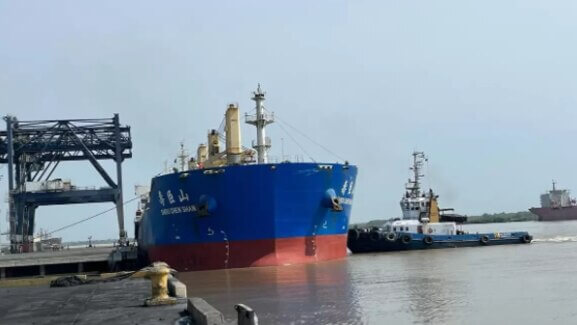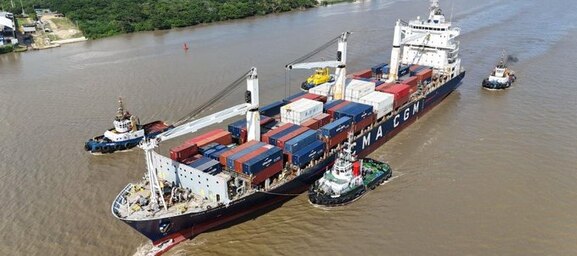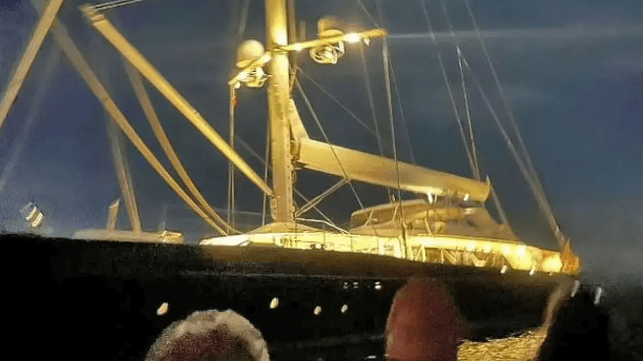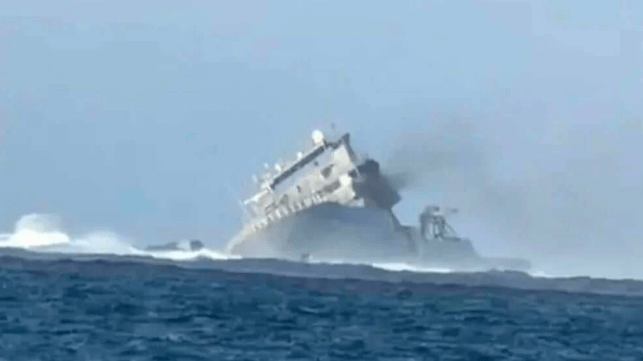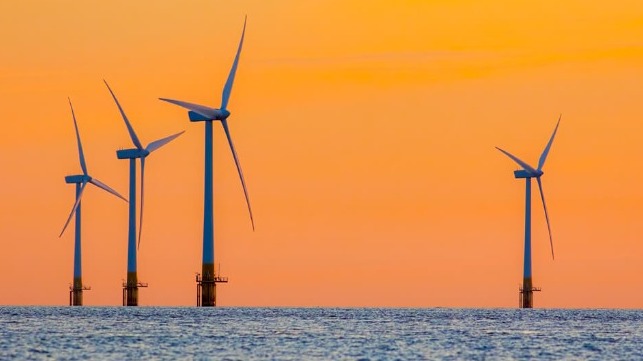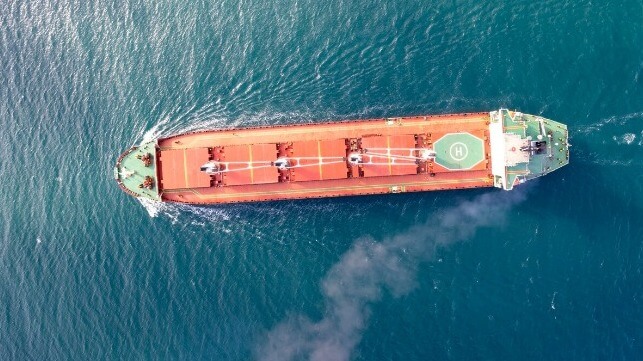The Great Lakes as a Testing Area for Articulated Vessels
Supersizing articulated tug and barge technology could increase the productivity of shipping
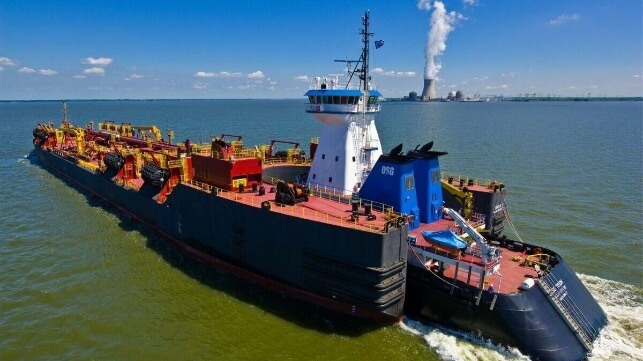
Technical innovations that evolved along North American inland waterways between the mid-1800s and mid-1900s have the potential to form the basis of future technical development in commercial maritime operations.
Introduction
While transportation services operated along inland waterways for centuries, commercial vessel operation on North American inland waterways resulted in innovative developments in the technology. Horses pulled barges for centuries along navigable sections of European and Asia waterways, but the development of high-pressure steam engines in England during the early 1800s led to the development of self-propelled vessels. The advance also allowed for the operation of larger vessels capable of carrying additional payloads. Wide navigable sections of the Mississippi River extended for considerable distance and allowed boat operators to secure non-powered barges on each side of a powered vessel.
Other operators of steam-powered vessels towed barges that carried additional payload at competitive cost. Developments in the lumber industry involved lashing logs into rafts that were propelled downstream by river current, assisted by steam-powered tugs along some sections of river. Despite the lack of engine power in steam-powered towboats of the late 1800s, log rafts of up to 270 feet width by 1,500 feet in length did occasionally float downstream. As towboat engine power increased, boat operators used the precedent of the log rafts to secure non-powered barges both lengthwise and side-by-side.
Rafts of Barges
Beginning during the early 1930s, the US Army Corps of Engineers developed navigation locks along several navigable waterways that included the northern region of the Mississippi River, the Ohio River, the Missouri River and the Tennessee River. The absence of navigation locks between New Orleans and St. Lawrence along with generous navigation width and nine feet navigation depth allowed great flexibility in the size of barge-based rafts that could operate along the Lower Mississippi River. The size of the towboat and the power of its engine restricted the tonnage of the coupled assembly of barges.
While wind driven waves frequently occurred along wide sections of the Upper Mississippi River such as Lake Pepin, and along sections of the coastal waterway at the Gulf of Mexico, the rafts of coupled barges proved capable of sailing through the waves. That precedent resulted in a Canadian company building an articulated three-section vessel intended for trans-Atlantic operation. Despite only having sailed a single return voyage that revealed severe technical problems, it provided a basis for future research that includes modern day tug-barges that sail on the Upper Great Lakes as well in ocean coastal service.
Precedents and Innovations
The precedent of the articulated trans-Atlantic vessel and the technical problems its operation revealed have provided the basis for future research and development. It was essentially a larger-scale version of a standard-size, three-unit Mississippi barge tow that encountered much larger waves on the North Atlantic than Mississippi barge-tows encounter along extended wide sections of the Mississippi or coastal waterway. The largest modern-day barges that sail ocean coastal service and on the Upper Great Lakes are longer that the three-section hinged vessel that sailed the North Atlantic many decades ago.
Innovations in barge-tug coupling include large U-shaped indentations designed into the barge stern. Some versions of the transverse hinge allow for in-phase pitching of barge stern and tug bow while other variations allow for relative vertical movement between barge stern and tug bow. While hinges are lock in terms of roll, other hinge concepts allow for differences in roll direction and roll frequency. There may actually be scope to develop coupling mechanisms that would allow extended-length vessels to be coupled side-by-side as occurred during an earlier era involving much smaller vessels.
Coupling Mega-Size Barges
The Great Lakes have the potential to become the testing and proving area in developing innovations to enhance the efficiency and cost-competitiveness of future maritime transportation. Some of the innovations would be based on precedents that began decades ago and have future potential. The longest oil tankers that sailed the ocean measured 1,600 feet, while Mississippi barge tows can occasionally exceed a length of 2,000 feet. Coupling twp barges of 740 feet length each in a train of 1,480 feet would double payload capacity while incurring limited additional hydraulic drag when sailing at cruising speed.
The operation of such a concept calls into question the capability of the articulation coupling technology as well as the stresses involving in turning a vessel measuring 1480 feet long. There is potential that activation of a bow thruster could enhance ship directional control while reducing structural stresses involved in turning such a vessel. It would need to be uncoupled to transit the lock at Sault Ste. Marie if sailing between Lakes Superior and Huron. Testing and development of such a vessel would have potential application in ocean service to reduce fuel cost while increasing earnings.
Modern Raft Operation
There may be scope to further develop a large version of the articulated trans-Atlantic ship to carry a massive volume of bulk freight between Lakes Huron and Michigan. It could involve coupling two barges of 78 feet width side-by-side (156 feet total) by three barges lengthwise (2220 feet total) that could sail under the bridge at the Strait of Mackinac, possibly even through the narrow channels along the Detroit and St. Clair Rivers between Lakes Huron and Erie. There may be scope to develop such a vessel for future sailing on the ocean.
A raft vessel involving multiple full-size barges could also serve as a floating overnight truck stop and ro/ro vessel on Lake Ontario, operating between Hamilton and a future port located east of Toronto that experiences traffic congestion along the main east-west highway. It would sail between two terminals during truck drivers’ 11 to 12-hour compulsory overnight rest period, bypassing the section of highway where the most problematic traffic congestion occurs during rush hour. There is scope for researchers at Canada’s McMaster University Institute of Transportation and Logistics to undertake further research into this concept.
Great Lakes Testing
The short-distance sailing distances on the Great Lakes allows for frequent monitoring of extended-length vessel technology during the navigation season. Winter-time layover of vessels at dockside or at dry-dock allows for major work to be undertaken on the technology related to extended-length vessel operation. There may be a need to remove some components for purposes of redesign or structural strengthening. The winter layover allows time to take measurements on sections of the hull near the articulation coupling to determine the structural stress levels that the section of hull endured during the previous sailing season.
Information and data obtained from wintertime structural evaluation of the hull would determine the kind of structural reinforcement and strengthening would be required to ensure viable long-term operation. Such evaluation would provide the basis to develop an ocean-going version of the concept, capable of undertaking extended-length voyages in commercial operation over a period of many successive years. A super-tug of over 100,000 horsepower would be able to push and navigate a train of two barges that each measure over 150 feet width by 1200 feet length coupled lengthwise, using a coupling mechanism developed and refined in Upper Great Lakes operation.
The opinions expressed herein are the author's and not necessarily those of The Maritime Executive.
